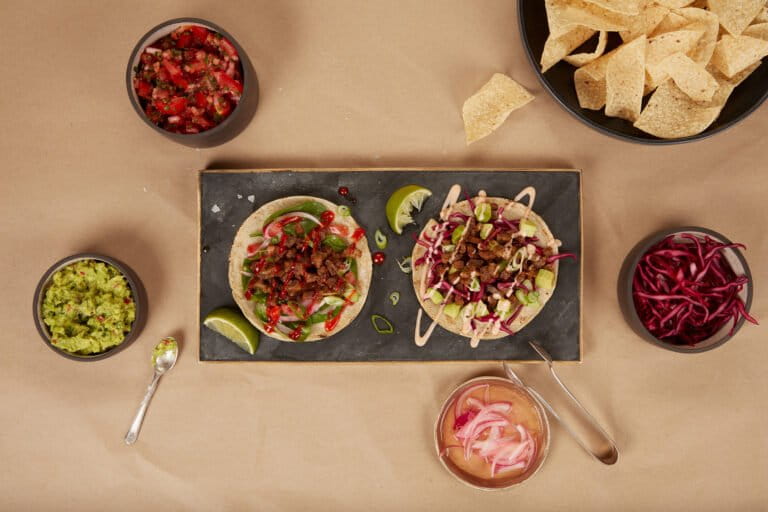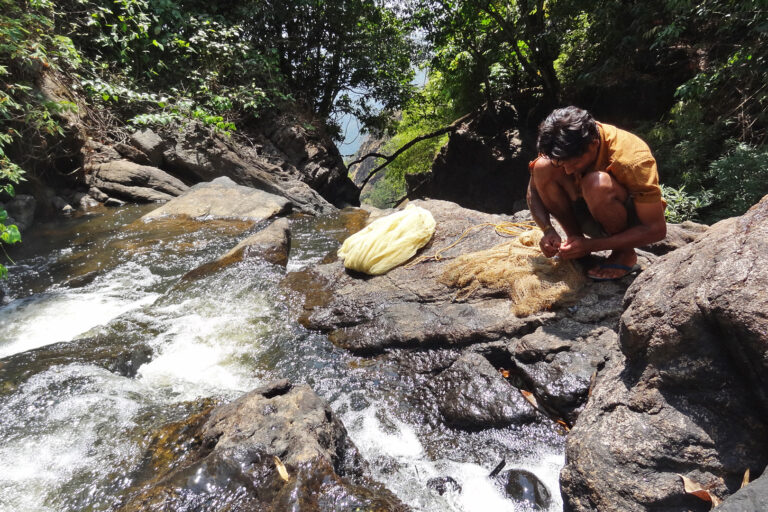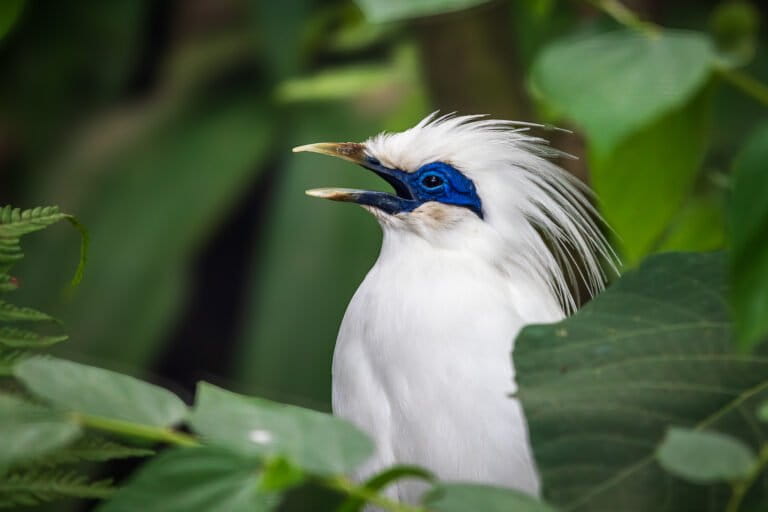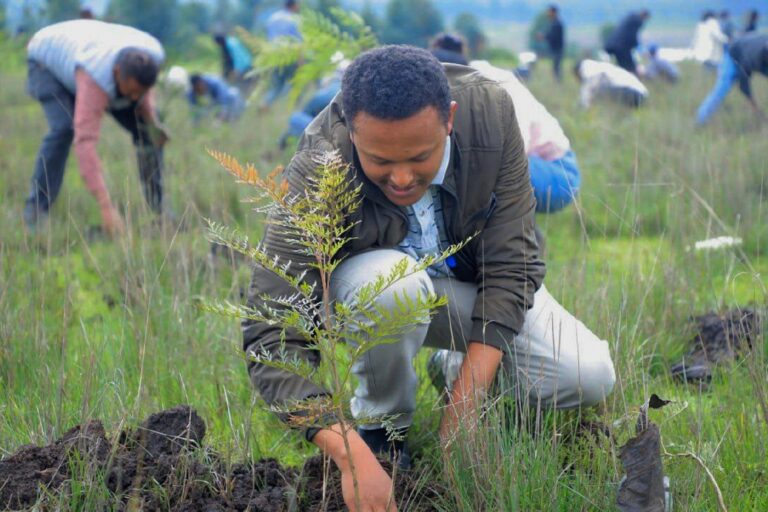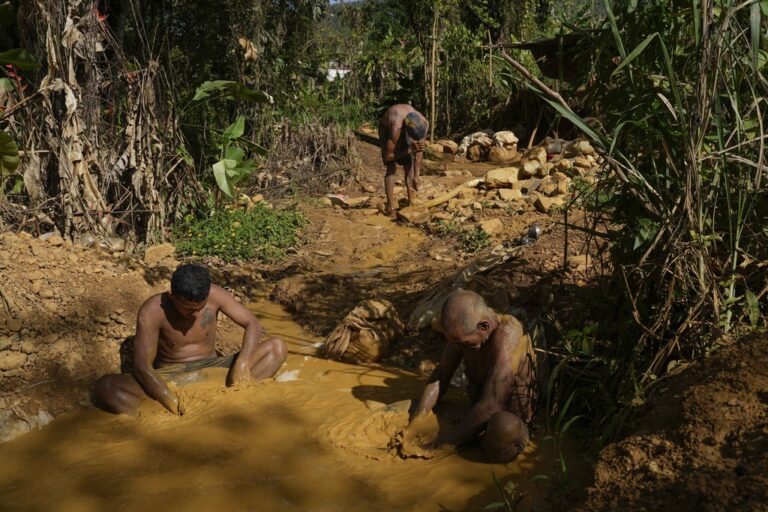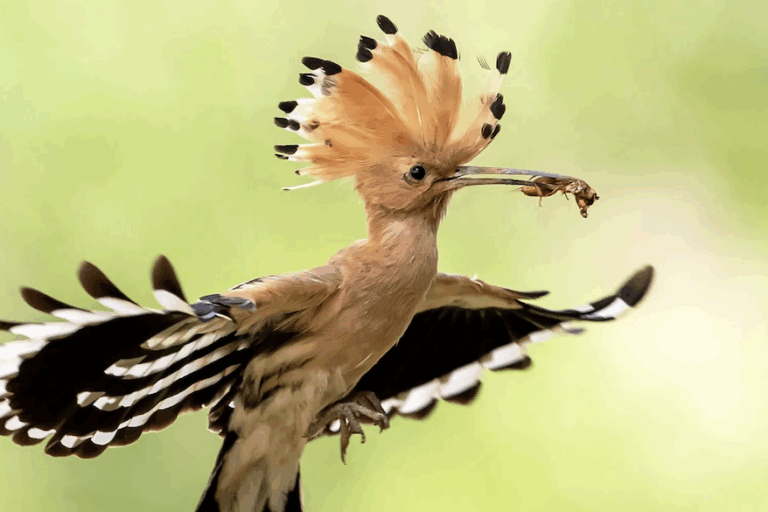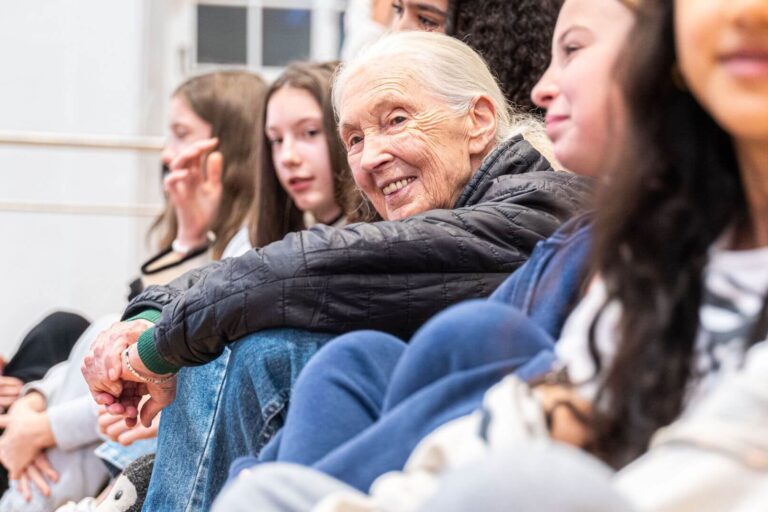- Community-led efforts to restore degraded peatlands in Indonesia’s Riau province could be put to the test in early 2023 as the dry season sets in.
- Riau is the perennial epicenter of the burning season on Sumatra Island, and is expected to have a more intense dry season after three consecutive years of wetter-than-usual conditions due to La Niña.
- A broad coalition of local governments, communities, researchers and NGOs have been working to restore peatlands that had been drained in preparation for planting, with the hope that restoring water levels will prevent burning.
- As part of the restoration programs, communities are also adapting their farming practices, learning to prepare the land without the use of fire, and picking crops that are suited for the wetter soil conditions.
PEKANBARU, Indonesia — Intensive efforts in recent years to prevent fires in Indonesia’s Riau province, the country’s perennial epicenter of forest and land fires, will be put to the test this year as the dry season makes a full return.
At the heart of these efforts are community-led initiatives aimed at restoring degraded peatlands and finding ways to farm that don’t involve setting the land on fire.
Riau province, on the eastern coast of the island of Sumatra, has been spared major fires the past three years because of prevailing La Niña conditions that resulted in wetter-than-usual dry seasons. But that’s set to fade away with the onset of the next dry season in early 2023, according to Ramlan, head of the Riau office of Indonesia’s national weather agency, the BMKG.
“Until March 2023, there’s still an indication that there’ll be a weak La Niña. But after March, the condition will be neutral,” Ramlan told Mongabay. “So if we compare 2023 with the condition in 2020-2022, then of course it’ll be drier compared to the past three years.”
This, he said, raises the risk of forest fires in Riau. That makes the upcoming dry season a sort of litmus test for Riau’s fire-prevention efforts, according to Even Sembiring, head of the Riau chapter of the Indonesian Forum for the Environment (Walhi).
“With next year’s weather prediction, it is a test for us to see how effective [peat] restoration efforts and law enforcement have been,” he told Mongabay.
Among the fire-prevention efforts that the government, communities, and pulpwood and oil palm concession owners have carried out are restoring burned and degraded peatlands, law enforcement against arsonists, forest patrols, and cloud seeding to induce rain.
Dyah Puspitaloka, a forestry research officer at the Center for International Forestry Research (CIFOR), said these efforts have been significant and involved a lot of stakeholders. These include community-led groups called MPAs, which work to fight fires. Some companies also fund local communities as an incentive for protecting their villages from fires and carrying out sustainable agricultural practices. NGOs are also working on advocacy against unsustainable practices.
“The government has also done many things [to combat fires], such as law enforcement and deploying [firefighters] to the field,” Dyah told Mongabay.
She said these efforts will have to be sustained as the risk of fire grows due to unpredictable and more extreme weather caused by climate change.
“If we don’t adapt by changing our way of unsustainable [agricultural and forestry] practices, fires will keep burning,” she said.

Restoring degraded peatland
Peatlands make up 4.9 million hectares (12.1 million acres) in Riau, or more than half of the province’s total area. That makes this region the peat heartland of Indonesia, where most of this carbon-rich land has been zoned for businesses.
Some 13% of peatlands in Riau are zoned for loggings, 20% for pulpwood plantations, and 23% for agricultural plantations, primarily oil palms. To make way for these plantations, much of Riau’s peatlands have been cleared and drained. This practice has rendered the dried-out peat layer a tinderbox that emits huge volumes of greenhouse gases and generates massive clouds of toxic haze when it’s burned, as is typically done prior to planting.
According to Indonesia’s peatland restoration agency, the BRGM, nearly 3 million hectares (7.4 million acres) of peatlands in Riau — an area the size of Belgium — has been degraded. This means more than half of Riau’s peatlands are damaged and thus more prone to fires.
These unsustainable practices on peatlands are still ongoing despite many companies having adopted no deforestation, no peat and no exploitation (NDPE) policies, Even said.
A recent investigation by a coalition of NGOs, including Walhi, found that pulpwood companies, including those in Riau, are still clearing forests and building new canals to drain the peat soil.
Walhi also found that a palm oil company, PT Trisetia Usaha Mandiri (TUM), had recently dug 1 kilometer (1.6 miles) of canals in peatland on the small island of Mendol off the Riau coast. This despite most of the company’s concession being located in protected peat areas, and small islands like Mendol being off-limits to large-scale plantations.
If the company clears the entirety of its concession, then 20% of the island will razed for oil palm plantations.
“The destruction of the environment and peat ecosystems [in Riau] is still ongoing,” Even said. “The practice of building canals [on peatlands] is still allowed [by the government].”
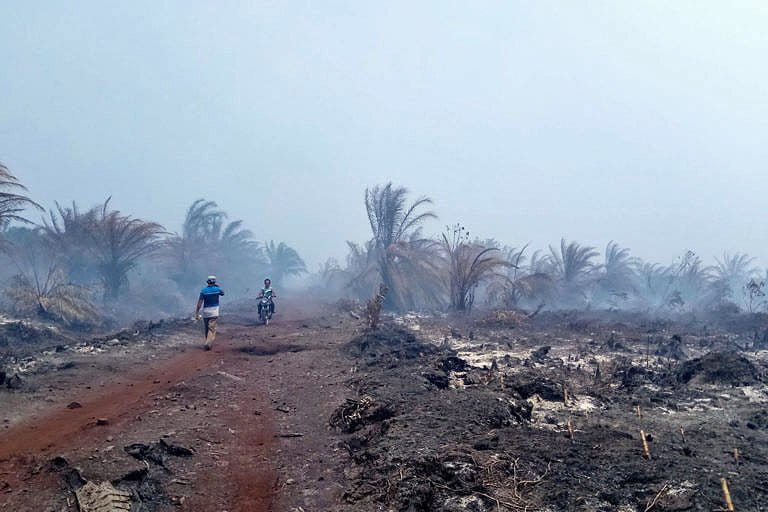
Community-led efforts
With unsustainable agricultural practices still ongoing in some concessions, efforts to restore peatlands damaged by such practices are ramping up.
In recent years, the government and other stakeholders like NGOs and research institutions have been blocking canals to allow for the rewetting of the peat layer to make it less prone to burning.
The target is to restore 638,951 hectares (1.58 million acres) of degraded peatlands by 2024. This consists of 86,788 hectares (214,450 acres) of peatlands that were burned in the past, and 552,163 hectares (1.36 million acres) of protected peat areas where canals have been dug.
Between 2017 and 2020, the government built 1,509 canal blocks in Riau, and 109 in 2022, according to official data. Most were built by local communities with government funding, according to Silahuddin Muhammad Karmansyah, an official at the Riau environmental agency.
This differs from other peat-rich provinces, like South Sumatra and Central Kalimantan, where blocking canals is funded and carried out by private contractors, Silahuddin said.
This involvement of locals in Riau is key, he added, to instill a sense of responsibility for maintaining the work, such as repairing damaged canal blocks.
“They will feel like they own [the peat restoration infrastructure], because they’ve been involved from the very beginning,” Silahuddin told Mongabay at the forestry agency office in Pekanbaru, the provincial capital.

Learning to farm without fire
Local communities have also been involved in other aspects of peat restoration, such as sustainable peat management that avoids the use of fire when preparing the land for agriculture.
A research project by CIFOR that ran from 2018 to 2020 in the village of Dompas, in Riau’s Bengkalis district, initially considered using heavy equipment to clear land without the need for burning. But the downside was that it could lead to the compaction and sinking of peatland, which would make the area vulnerable to flooding.
Heavy equipment could also remove organic matter from the soil, besides being costly to rent; clearing peatland in preparation for farming this way would cost about eight times as much as simply setting fire to the land, the researchers found.
The researchers eventually settled on a combination of light mechanical equipment, like chainsaws, to clear large vegetation, and limited use of herbicides to kill smaller plants.
The cleared vegetation could then be chipped and spread over the soil as compost, said Ahmad Muhammad, a researcher at the University of Riau who was involved in the project.
The researchers found that this method of clearing takes up to a month, compared to five days using fire and three days using heavy equipment.
“This system indeed takes a longer time,” said Nurul Qomar, a forestry lecturer at the University of Riau, who was also involved in the project. “But it also requires more manpower, which means that it will create more jobs compared to using heavy equipment.”
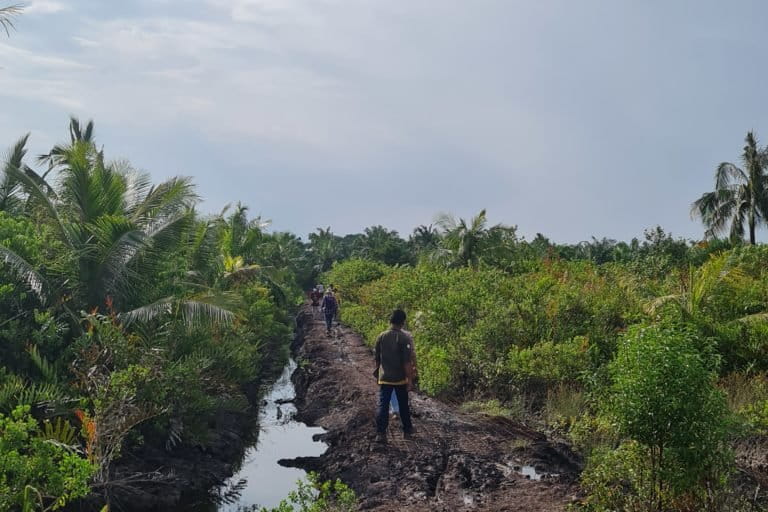
The right crops for the soil
On peatlands that they’re helping restore, communities have managed to raise water levels by an average of nearly 12 centimeters (4.5 inches). This rewetting has helped prevent the burning of peatland that could potentially have emitted up to 409 metric tons of carbon into the atmosphere, according to Beni Okarda, a senior research officer at CIFOR.
“The locals are able to monitor the impact of the restoration work, and this participative monitoring shows the impact of restoration on emission reduction and carbon storing,” he said. “This participative monitoring could become a low-cost alternative for peatland hydrological monitoring.”
Villagers are also adapting their crop choices to the land, opting for plants that can grow well in the waterlogged peat soil. Many have gone with a hybrid coconut variant that has high sugar content, as well as coffee and agarwood, whose fragrant and resinous wood used in incense, perfume and small carvings.
CIFOR scientist Herry Purnomo said the project in Bengkalis has seen early successes, with communities having a better understanding for the importance of peat restoration and non-fire land preparation. By 2022, the coconut trees had also started growing.
CIFOR then expanded the project to two villages in Siak district from January to April 2022. Both villages, Penyengat and Kayu Ara Permai, have deep peatlands — up to 12 meters (39 feet) thick in parts of Penyengat, but these peatlands had been frequently burned by locals to clear the land to plant pineapples, Ahmad said.
“Based on satellite analysis, there was a significant spike of hotspots in Penyengat village in 2011-2015,” he said at a recent discussion in Pekanbaru. “That coincided with the proliferation of pineapple cultivation there, because people in Penyengat didn’t start planting pineapple until 2011-2012.”
With pineapples now a major source of livelihood for the villagers, they’ve decided to continue cultivating them, but also integrate trees into their plantations, in a practice known as agroforestry. Others have opted to move away from pineapples altogether, and intersperse other seasonal crops with trees, Ahmad said.
Jonathan, a member of a youth group in Penyengat, for instance, now grows a local variety of banana, known as saba, on his 0.3-hectare (0.7-acre) lot, along with the lychee-like fruits longan and matoa. Others, like Yumadi Afrizan in Kayu Ara Permai village, are trying to restore their peat lots into natural forests.
Yumadi and members of the village conservation group have planted a native tree species, Cratoxylum arborescens, that produces a light hardwood timber known as geronggang. To date, he said, they’ve planted around 1,000 trees.
“The plan is to not cut them, but to let them grow into natural forest,” he said. “Their leaves are really helpful in keeping moisture because they are thick. If you enter a geronggang forest, you will feel cool.”
Over the long term, the group plans to grow more geronggang trees and fell the mature ones for timber. They’re also growing pineapples as a short-term crop.
The villagers’ work in restoring the peatland and adapting their farming practices haven’t been without their challenges. Syarifuddin, a farmer in Kayu Ara Permai, for instance, told of heavier-than-usual flooding on his 2-hectare (5-acre) coffee farm.
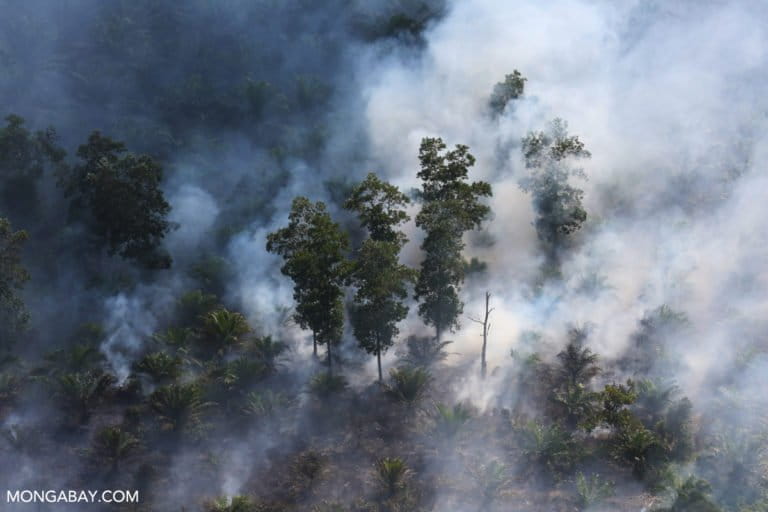
A long-term commitment
CIFOR’s Dyah said what’s important from these projects is the collaborative process involving local communities from the very beginning, so that they’re the ones who come up with the model of peatland restoration and management that they want to adopt.
This approach is expected to become a long-term solution for peatland restoration by transforming the behavior of local communities as well as their livelihood model, she said.
“The locals are trying out what commodities can work and survive [on peatlands] and are suitable for them to grow,” Dyah said.
And for the peatland ecosystems to be fully restored, it might take years, even decades, she said.
She cited the $10.5 billion restoration of the Florida Everglades ecosystem, which consists of wetlands like cypress swamps and mangroves. Half of the ecosystem has been lost to habitation and agriculture, resulting in droughts and flooding.
The plan started in 2000, and has a timeline of 35 years, but with the current rate of funding, it might take 100 years to complete the restoration project.
“The restoration there will be done for decades and they can’t say yet that the project is a complete success,” Dyah said. “There’s some success already [with more water flowing through the Everglades system than when the restoration began], but maybe it [the ecosystem] hasn’t been completely restored yet.”
Editor’s note: The reporter traveled to Riau as a guest of CIFOR. CIFOR does not have any editorial influence on this or any other story Mongabay produces.
Banner image: Fire fighters putting out forest fire in Riau, Indonesia. Image courtesy of BKSDA Riau
FEEDBACK: Use this form to send a message to the author of this post. If you want to post a public comment, you can do that at the bottom of the page.








